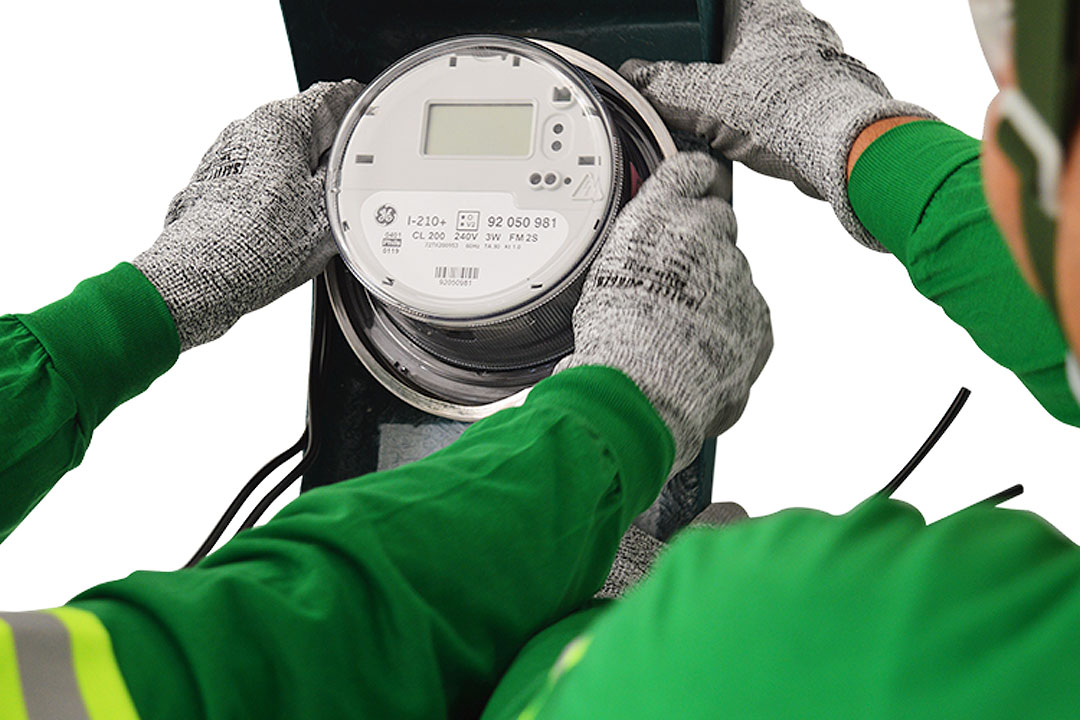
MORE Electric and Power Corp. (MORE Power) has sought the Energy Regulatory Commission’s (ERC) approval for its proposed rate increase to recover the cost of its emergency capital expenditure (capex) projects worth P1.33 billion.
In its application posted on the ERC website on Feb. 16, MORE Power has applied for a uniform increase of P0.5498 per kilowatt-hour (kWh) over the current effective rate.
The power distributor is using the 2015 ERC-approved rate for Panay Electric Co. (PECO), the previous distribution utility in Iloilo City before the Razon-led company took over in February 2020.
“The uniform increase will be computed based on the percentage of the proposed rate adjustments to PECO’s maximum average price for Regulatory Year 2015 as approved by the Honorable Commission and as currently implemented by MORE Power based on the Order of the Honorable Commission dated 5 March 2020 in ERC Case No. 2018-019MC,” MORE Power said in its application.
If the ERC approves the suggested interim rate increase, consumers will have the following distribution charges: P0.4677/kWh for residential; P0.3659/kWh for the city government; P0.3142/kWh for city street lights; and P0.1719/kWh for other government offices.
MORE Power said a denial of its rate increase would “greatly affect” the company’s cash flow as it “has no other means of recovering” the approved costs of its emergency capex spent to improve system capacity, reliability, efficiency, safety and to implement lower generation costs.
In October 2021, the ERC approved MORE Power’s emergency projects amounting to P1.33 billion, which the company said could not be covered by its current rate. It said for the approved capex for 2020, it is entitled to recover the allowable revenue requirement estimated at P26.97 million per month.
“This is the recovery that MORE Power is deprived of on a monthly basis without the requested rate adjustment,” the company said.
MORE Power, a subsidiary of Prime Strategic Holdings, Inc., holds a 25-year franchise to energize Iloilo City, which has around 55,000 consumers. — Marielle C. Lucenio



